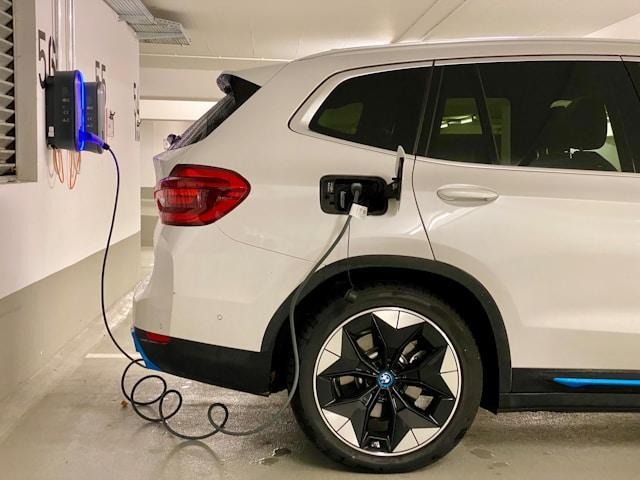Keeping your car in top shape is both about safety and compliance with the law. Many drivers think an MOT test is the same as a service, but they’re quite different. Confusing the two could leave you with a fine, breakdown, or worse.
If you want to avoid legal trouble and expensive repairs, it’s worth knowing how to tell them apart. Keep reading to discover the differences between MOT tests and regular servicing to ensure you stay compliant and safe.
An MOT test is a legal obligation, not a suggestion. If your car is over three years old, it must pass an MOT every year to remain roadworthy. Driving without a valid MOT can lead to a fine and invalidate your insurance.
Regular servicing is optional, but skipping it could mean more problems down the road. Servicing helps your car perform better, run more efficiently, and last longer.
The MOT test checks for safety and environmental standards. It looks at things like lights, brakes, emissions, seatbelts, and tyres. These checks are done to make sure your car won’t be a danger on the road.
On the other hand, servicing focuses on the vehicle’s performance and internal condition. It often includes changing the engine oil, replacing air filters, topping up fluids, and checking the battery or spark plugs. A service keeps your engine healthy and your fuel use in check.
If you’re booking a car service, the focus will be on keeping your vehicle running smoothly, not passing legal checks.
An MOT test is required once a year for most vehicles. You must have it done before the expiry date shown on your last certificate. There’s no flexibility here. Miss the date, and you’re breaking the law.
Servicing isn’t fixed by law, but most manufacturers recommend a full service once a year or every 12,000 miles, whichever comes first. There are also interim services, usually done every 6 months or 6,000 miles.
MOTs are pass or fail tests. If something’s wrong, you don’t get it fixed during the test, and you’ll need to book repairs separately. Some garages offer to do this straight after the test, but the MOT itself is only an inspection.
Servicing is designed to catch and fix issues early. A mechanic might replace worn-out parts or warn you about future problems. This kind of preventive care helps you avoid breakdowns and saves money in the long run.
If your car passes its MOT, you’ll get a certificate showing it’s legal to drive. This is recorded electronically and can be checked online by anyone, including police and buyers.
After a service, you’ll usually get a stamp in your service book or a printout of the work done. While this isn’t legally required, a full service history can boost resale value and reassure future buyers.
Knowing the difference between an MOT and a service helps you stay both safe and legal. The MOT keeps you on the right side of the law, but it doesn’t look after the health of your car. Servicing does that, saving you money and hassle in the long run.




Want to add a comment?